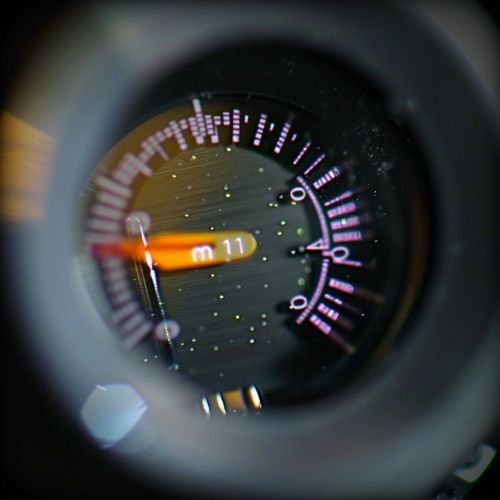Millikelvin
Introduction
The Millikelvin is a unit of temperature measurement that is equal to one thousandth of a Kelvin. It is a unit used in the SI system and is commonly used in scientific research, particularly in the fields of quantum mechanics, superconductivity, and low-temperature physics. The Kelvin scale is an absolute temperature scale, meaning it starts at absolute zero, the lowest possible temperature where all thermal motion ceases.


History
The Kelvin scale, from which the millikelvin is derived, was first proposed by Lord Kelvin in the mid-19th century. He suggested a scale that started at absolute zero, a concept that had been theorized by physicists such as Carnot and Joule. The Kelvin scale was officially adopted by the International Committee for Weights and Measures in 1954, and the millikelvin has been in use since then.
Usage
The millikelvin is used in a variety of scientific and engineering fields. In low-temperature physics, it is used to measure temperatures close to absolute zero. This is particularly important in the study of phenomena such as superconductivity and Bose-Einstein condensation, which only occur at extremely low temperatures. In quantum mechanics, the millikelvin can be used to measure the energy of particles, as energy and temperature are closely related in this field.
Measurement
Measuring temperatures in the millikelvin range requires specialized equipment. Traditional thermometers are not sensitive enough to measure temperatures this low. Instead, scientists use devices such as dilution refrigerators, adiabatic demagnetization refrigerators, and nuclear demagnetization refrigerators. These devices can cool materials to temperatures in the millikelvin range and measure these temperatures with high precision.
Significance
The ability to measure and control temperatures in the millikelvin range has significant implications for scientific research. For example, in the field of quantum computing, qubits - the basic units of quantum information - can be manipulated more precisely at low temperatures. This allows for the development of more powerful and efficient quantum computers. Similarly, in the field of materials science, studying materials at millikelvin temperatures can reveal new properties and phases of matter.
